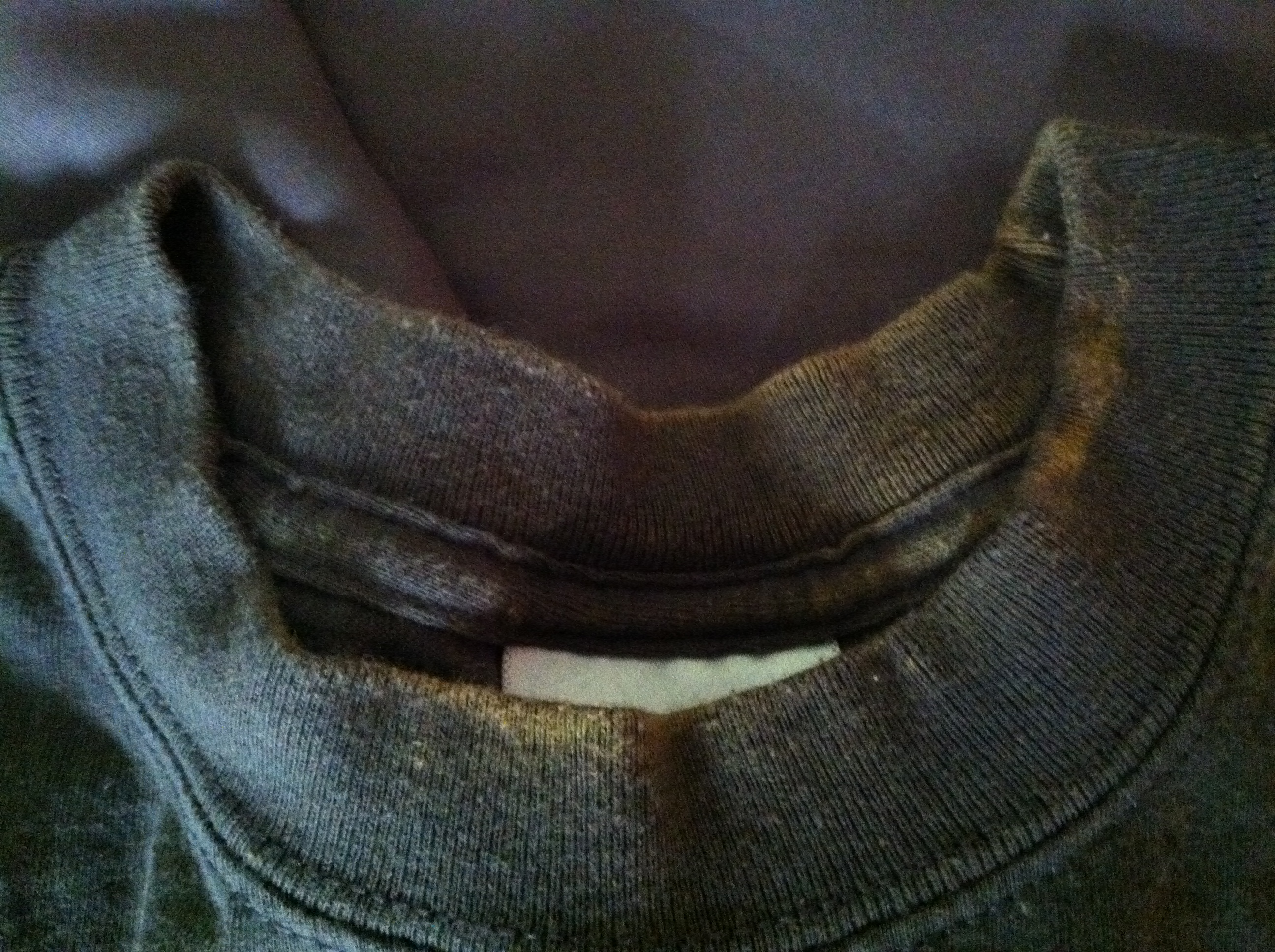Benzoyl Peroxide Staining Clothes

Benzoyl peroxide, a common ingredient found in many acne treatments, can be a saving grace for those suffering from pesky pimples and blackheads. However, its benefits can be overshadowed by a major drawback: its tendency to stain clothes. If you’ve ever applied a benzoyl peroxide-based product to your skin, only to find that your favorite shirt or pillowcase has been left with an unsightly yellow or brown discoloration, you’re not alone. But why does this happen, and more importantly, how can you prevent it?
At its core, benzoyl peroxide is a strong oxidizing agent, designed to penetrate deep into the pores to kill bacteria and reduce inflammation. Unfortunately, this same property that makes it effective against acne also makes it prone to causing stains on clothing and other fabrics. When benzoyl peroxide comes into contact with fabric, it can break down the colorants and dyes, resulting in an unwelcome change in color.
Understanding the Chemistry Behind Benzoyl Peroxide Stains
To grasp why benzoyl peroxide stains are so stubborn, it’s essential to understand the chemistry behind them. Benzoyl peroxide works by releasing oxygen free radicals, which are highly reactive molecules that can damage cellular components, including the cell membranes of bacteria. This process, while beneficial for treating acne, can also react with the dyes and pigments in fabrics, leading to the formation of new, unwanted compounds that cause discoloration.
The type of fabric also plays a significant role in determining the likelihood and severity of staining. Natural fibers like cotton, linen, and silk are generally more prone to benzoyl peroxide stains than synthetic fibers like polyester and nylon. This is because natural fibers have a more open structure that allows the benzoyl peroxide to penetrate deeper, increasing the risk of staining.
Preventing Benzoyl Peroxide Stains on Clothes
While benzoyl peroxide stains can be a nuisance, there are several strategies you can employ to minimize their occurrence:
Wear Old Clothes: When applying benzoyl peroxide products, wear clothes that you don’t mind getting stained. This way, if a stain does occur, it won’t ruin your favorite garment.
Use a Barrier: Applying a thin layer of petroleum jelly or a similar barrier cream to the areas of skin where clothes may come into contact can help prevent the benzoyl peroxide from transferring to fabrics.
Wash Immediately: If you notice that benzoyl peroxide has come into contact with your clothes, wash the garment as soon as possible. The sooner you treat the stain, the better chance you have of removing it.
Choose the Right Product: Opt for benzoyl peroxide products that are specifically designed to minimize staining. Some products may be formulated with stain-resistant ingredients or have a lower concentration of benzoyl peroxide, which can reduce the risk of staining.
Follow Instructions: Always follow the instructions provided with your benzoyl peroxide product. Applying too much product or using it too frequently can increase the risk of staining.
Removing Benzoyl Peroxide Stains from Clothes
Despite your best efforts, you may still find yourself dealing with a benzoyl peroxide stain. Fortunately, there are several methods you can try to remove these stubborn stains:
Pre-treat with Hydrogen Peroxide: Believe it or not, hydrogen peroxide can sometimes help remove benzoyl peroxide stains. Apply hydrogen peroxide directly to the stain, let it sit for about 10 minutes, and then wash the garment as usual.
Use a Stain Remover: There are many stain removers on the market that are specifically designed to tackle tough stains like those caused by benzoyl peroxide. Look for a remover that contains enzymes, as these can help break down the proteins in the stain.
Soak in Vinegar: White vinegar is a natural stain fighter that can help lift benzoyl peroxide stains out of fabrics. Try soaking the stained garment in a solution of equal parts water and white vinegar for several hours before washing.
Professional Cleaning: If the stain is particularly stubborn, you may need to take the garment to a professional cleaner. They will have access to specialized equipment and cleaning solutions that can help remove even the toughest stains.
When dealing with benzoyl peroxide stains, it's crucial to act quickly. The longer you wait, the more time the stain has to set, making it much harder to remove. Always test a small, inconspicuous area of the fabric first to ensure that any removal method you try won't damage the garment.
Conclusion
Benzoyl peroxide stains on clothes can be frustrating, but they don’t have to be inevitable. By understanding why these stains occur and taking proactive steps to prevent them, you can enjoy the benefits of benzoyl peroxide acne treatments without worrying about ruining your favorite clothes. Remember, prevention is key, but if you do find yourself dealing with a stain, don’t despair. With the right techniques and a little patience, you can remove even the toughest benzoyl peroxide stains and keep your wardrobe looking its best.
What causes benzoyl peroxide to stain clothes?
+Benzoyl peroxide stains clothes due to its strong oxidizing properties, which can break down the dyes and pigments in fabrics, leading to discoloration.
How can I prevent benzoyl peroxide stains on my clothes?
+To prevent benzoyl peroxide stains, wear old clothes when applying the product, use a barrier cream, wash clothes immediately if you notice a stain, choose products designed to minimize staining, and follow the product’s instructions.
Can benzoyl peroxide stains be removed from clothes?
+Yes, benzoyl peroxide stains can often be removed from clothes using methods such as pre-treating with hydrogen peroxide, using a stain remover, soaking in vinegar, or taking the garment to a professional cleaner.